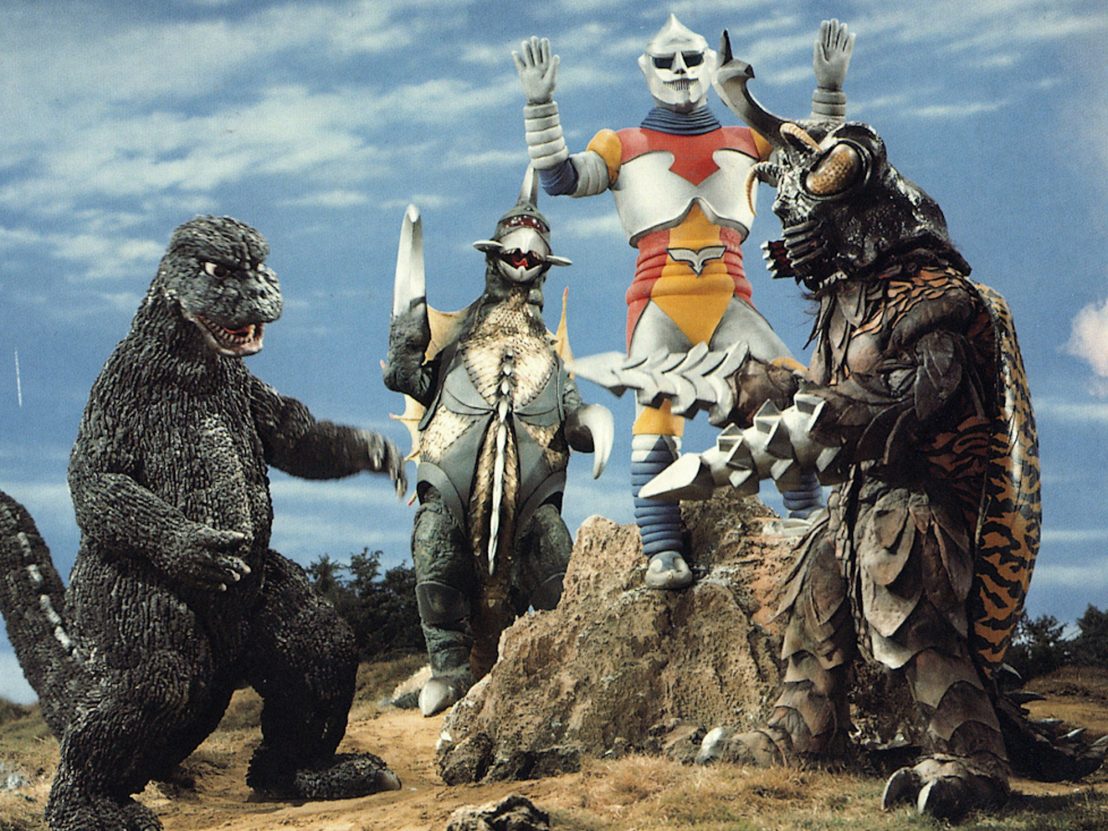
When Godzilla vs. Megalon was released in the US in the summer of 1976, Vincent Canby noted Godzilla’s personality change in his New York Times review: “The dragon has become Saint George”. There’s certainly truth in his assessment – the heroic Godzilla who fought Megalon is worlds apart from the beast that obliterated Tokyo in 1954. And while some fans and critics (and even some of the filmmakers involved) lament that character evolution, there is value in this sequel, which now celebrates its 50th anniversary.
Godzilla vs. Megalon sees the subterranean nation of Seatopia send the beetle-like Megalon to ravage the surface world in retaliation for mankind’s underground nuclear tests. Meanwhile, a young scientist has constructed a robot, the colourful and self-programming Jet Jaguar; the robot flies to Monster Island to enlist the help of Godzilla. The Seatopians call for reinforcements as well, and returning foe Gigan teams up with Megalon. Naturally, a terrific tag-team match ensues.
Reasonably, there are things to criticise in Megalon’s thin plot and muddled messaging. After all, the Seatopians are tormented by nuclear testing and yet it is Godzilla – the embodiment of nuclear violence and scientific irresponsibility – who stands to defeat them. This isn’t to suggest the film is pro-nuclear. Its heroes openly wonder whether continued testing will destroy the planet, chiming with contemporary fears over Cannikin – a five-megaton underground nuclear test conducted by the US in 1971. The pro-nuke label also seems too sensational for such a threadbare story. Nevertheless, it is self-contradicting.
Indeed, Godzilla vs. Megalon is far from the heights of the 1960s, which saw Shinichi Sekizawa’s best scripts, the most impressive effects work of the Showa-era Godzilla films, and some of the best cast line-ups of the entire franchise (Nick Adams and Akira Takarada steal 1965’s Invasion of Astro-Monster). The film’s abundant stock footage – regretted by effects director Teruyoshi Nakano, whose new material in the film is impressive – is another point of contention. But it’s important to remember the context of when Godzilla vs. Megalon was made.
By the early 1970s, the Japanese film industry’s second golden age was over. Gone were the days when major studios (Toho, Daiei, Toei, Nikkatsu, and Shochiku among them) produced films in great numbers with lavish production values. For Toho in the 1960s, the fruits of the golden age included their ‘Crazy Cats’ comedies, International Secret Police thrillers, and the Shacho (‘Company President’) films. By the 1970s, these series were over, several studios had folded or had significantly altered their output, and the number of theatres had dwindled. The reasons for this decline are myriad and complex, but the devastating rise of television played a major part.
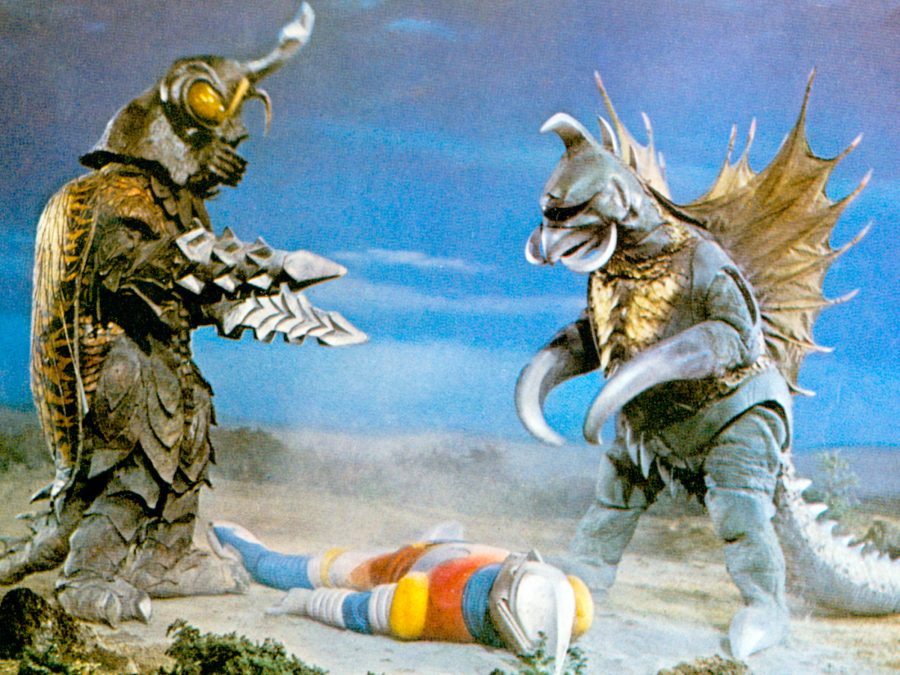
Within this context, it’s a testament to Godzilla’s longevity that the series survived into the 1970s – though not entirely unscathed. By the time of Megalon, Toho had been restructured, with the Godzilla films made through a subsidiary, Toho Eizo. These entries also had budgets lower than those of the 1960s, necessitating the use of stock footage from prior movies.
Another context to remember is that, in 1969, Toho used Toei’s Manga Festival formula to establish the Toho Champions Festival, affirming the new focus of Godzilla’s audience: children. Held almost three times a year until 1978, the festival featured children’s television programmes, anime shorts, and re-edited older Godzilla films during the school holidays. Every new Godzilla film made between 1969 and 1975 debuted at the Champions Festival – including Godzilla vs. Megalon.
These things considered, let’s park its production and narrative woes and look at the bigger picture: Godzilla vs. Megalon is brilliantly eccentric. There is a great sense of humour throughout, as if director Jun Fukuda took all the comedic skill he’d used in his prior Godzilla films (the marvellous Ebirah, Horror of the Deep [1966] and Son of Godzilla [1967]) and dialled them up to ten. This is a wonderfully and (importantly) deliberately silly movie, from its absurd car chase (which wouldn’t look out of place in Jacques Tati’s 1971 Trafic) to the image of Godzilla and Jet Jaguar shaking hands at the film’s end.
That handshake is really the epitome of why this film deserves a second chance. This is a children’s movie, and thus the titanic friendship between giant robot and radioactive dinosaur becomes a shining example of connection between unlikely allies. As Vincent Canby noted in his review, Godzilla vs. Megalon “demonstrates the rewards of friendship, between humans as well as monsters, and it is gentle.”
For some, the tonal whiplash of placing Godzilla vs. Megalon next to the 1954 original may be evidence of how far the series had “fallen” by the early 1970s. On the contrary, I think it demonstrates how varied and therefore rich the Showa era was. Every subsequent run of Godzilla films has been more tonally and aesthetically consistent, albeit with fewer films each time. While there have been standout films in these later runs (like Godzilla vs Biollante in 1989 and Godzilla, Mothra, and King Ghidorah: Giant Monsters All-Out Attack in 2001), the ‘90s films in particular feel creatively repetitive. Godzilla vs. Megalon is worlds apart from the 1954 original, but that stark contrast is partly why the first series lasted as long as it did in a rapidly changing industry environment.
Whether as proof of how the original Godzilla series could evolve, or simply as an earnest children’s film, Godzilla vs. Megalon is well worth another look.
Published 17 Mar 2023
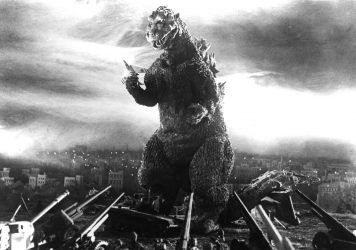
Is the default assumption of the giant lizard’s maleness just plain sexism?
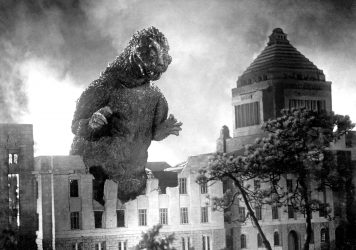
Fifteen of the iconic kaiju’s adventures have been compiled in a long-overdue commemorative boxset.
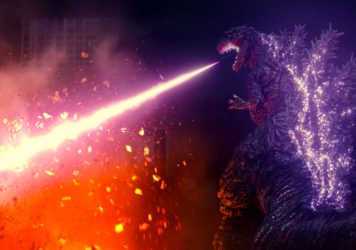
By Keno Katsuda
Like the original Godzilla, Anno Hideaki and Higuchi Shinji’s 2016 kaiju marked a turning point in Japan’s understanding of nuclear power.